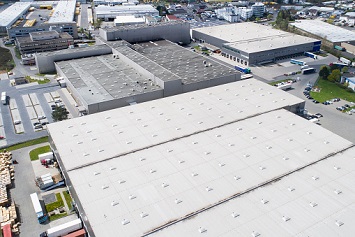In a March post, we examined the four categories of employers that OSHA will hold responsible for safety on a multiemployer facility. Today, we will take a more detailed view of the responsibilities of “controlling employers,” who carry a higher compliance burden than other employers at the worksite.
If you are the controlling employer at a site, OSHA holds you responsible for exercising reasonable care to prevent and detect violations on the site. The extent of the measures that a controlling employer must implement to satisfy this duty of reasonable care is less than what is required of an employer with respect to protecting its own employees. This means that the controlling employer is not normally required to inspect for hazards as frequently or to have the same level of knowledge of the applicable standards or of trade expertise as the employer it has hired.
The Standard of Reasonable Care
In evaluating whether a controlling employer has exercised reasonable care in preventing and discovering violations, federal OSHA will consider whether the controlling employer:
- Conducted periodic inspections of appropriate frequency,
- Implemented an effective system for promptly correcting hazards, and
- Enforces the other employer’s compliance with safety and health requirements with an effective, graduated system of enforcement and follow-up inspections.
Factors that affect how frequently and closely a controlling employer must inspect to meet its standard of reasonable care include:
- The scale of the project,
- The nature and pace of the work, including the frequency with which the number or types of hazards change as the work progresses, and
- How much the controlling employer knows both about the safety history and safety practices of the employer it controls and about that employer’s level of expertise.
Pitfalls for Controlling Employers
If you are the controlling employer and you know that the other employer has a history of noncompliance, OSHA may expect you to inspect frequently.
If you have never before worked with the other employer and do not know its compliance history, OSHA may look for more frequent inspections at the beginning of the project.
If you have reason to expect that the other employer has implemented effective safety and health efforts, OSHA may expect you to perform less-frequent inspections.

